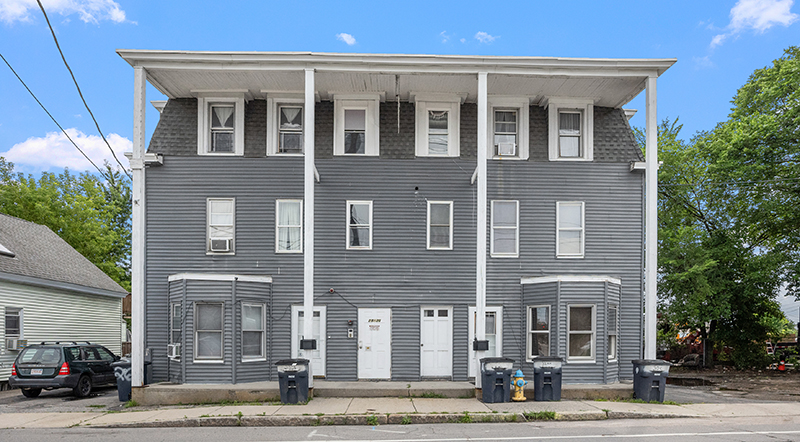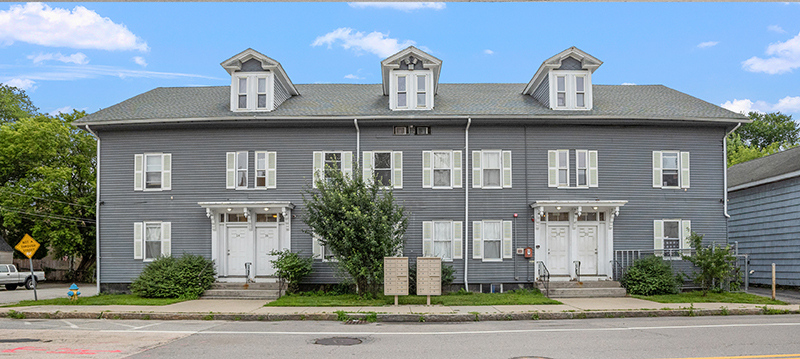

Nashua, NH William Peck of Horvath & Tremblay has facilitated the sale of two transactions totaling 46 units for a total of $6.05 million.
15-17 Railroad Sq., which sold for $2.85 million, $203,571 price per unit at 7.28% cap rate, is a 14-unit brick mixed-use property situated near the intersection of Main St., Amherst St. and Concord St., each of which provide access to different parts of the city. The property is comprised of a three-story brick building and contains a total of 14 units, consisting of six two-bedroom/one bathroom units, four three-bedroom/one-bathroom units, one one-bedroom/one-bathroom unit, and three commercial units with 19,194 s/f of living area in 25,582 s/f of total gross area on .163-acres. Also included in the offering is an adjacent .06-acre parcel at 31-35 Lowell St. that serves as additional on-site parking.


The second asset Peck sold was 14-20 and 26-32 Amory St., which consisted of 32 residential units. The properties closed at a sale price of $3.2 million. The properties are comprised of two co-located multifamily buildings and consist of 23 studio units, three one-bedroom/one-bathroom units, three two-bedroom/one-bathroom units, and three three-bedroom/one-bathroom units with 14,920 s/f of living area in 21,234 s/f of total gross area on .418-acres.
The opportunity exists to increase rents to market rates via programmatic updates to the units in a highly sought after and supply constrained urban infill residential market.
